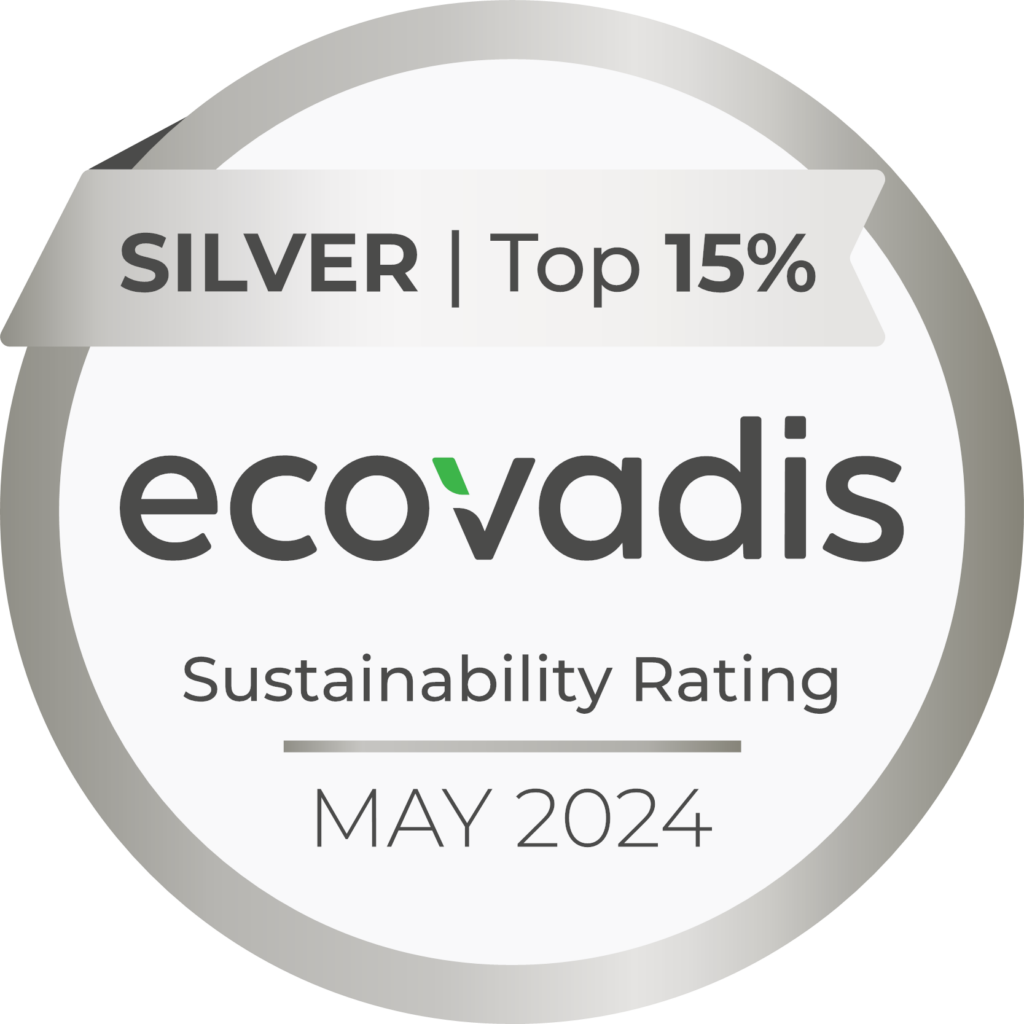Sustainable practices across business travel as a whole are essential for organisations looking to improve their commercial performance and enhance their reputation. This includes managing the costs, social impacts and environmental consequences generated from using different modes of business travel.
What should you consider as sustainable practices?
There are three main areas to consider with sustainable practices across business travel; financial, social and environmental.
The financial side covers the cost of any business trip and whether they have a positive impact on the organisation. Consider what is the monetary value of the trip, plus the time an employee may be unproductive when away. For example, when they are actually travelling, look at how you can turn trips into more cost-effective travel.
Social sustainability considers the employees’ wellbeing and whether your organisation’s travel policy adheres to all health and safety legislation. And could any travel demand on employees potentially lead to stress or other health impacts?
Additionally, the organisation should strive for environmental sustainability by reducing its carbon footprint; minimising greenhouse gases, CO2 and pollution, plus adopt sustainable procurement practices to ensure suppliers operate in an environmentally conscious manner. Overall, what’s the environmental impact of your organisation’s business travel programme?
In the first of three articles on sustainable practices, we explore how you can manage financial sustainability, cover social and environmental in separate articles, and offer top tips in each area.
Financial sustainability in a managed travel programme
There’s a real need for effective monitoring of travel costs across an organisation. It’s only possible to identify cost savings – while still meeting business needs – by being fully aware of the costs the business incurs when your employees are travelling the world.
Determine the full extent of your existing costs. This will help you decide how important the issue is, where action is required and how much reduction is possible.
For example, look at taxi fares and patterns of usage by departments or distance. Also, consider the actual costs of business travel each month, including any hidden or spread-across costs. Finally, examine patterns of business travel across different departments.
Cost-saving initiatives to include
Set route or city level spend caps or offer trips based on daily allowance
With prices regularly fluctuating, due in part to geopolitical issues, set caps using expertise from your travel management company and review them quarterly.
Secure volume-based discounts, applying your organisation’s, or your TMC’s, spending power
Use a specialist service that can benchmark volumes and prices to secure attractive deals.
Replace face-to-face contact with video or teleconferencing
Focus this on internal meetings of five people or less that run for less than 2.5 hours. Advising matters of sensitivity, such as performance reviews or brainstorming sessions, should still be conducted face-to-face.
Plan travel to avoid peak periods, choosing accessible locations
Encourage advance purchase for flights ideally within a 21-day window before departure as this is when airlines start adjusting their prices in accordance to demand. However, it may be worth holding out closer to departure on non-tourism routes as discounts – particularly in premium classes – may be offered.
Reduce the frequency of business travel by combining meetings into one trip
This can be promoted by offering TMC expertise, securing discounts for multi-leg trips.
If a single trip cannot be blended into further activities, explore how it can made more efficient
Question all overnight trips; can they be reduced? What’s the average travel spend? Make provisions available for the traveller to work in transit through train usage with WiFi capabilities. Also book a meet-in-the-middle meeting venue rather than using traditional office hubs.
Provide more cost-effective modes of transport
Target road warriors who expense more than 10,000 miles and secure a fleet contract offering economical vehicles. For alternative travel methods, and for those clocking under 10,000 miles on the road, promote “lowest logical fare” conditions at point of booking.
Also provide advice and training on fuel-efficient driving techniques including the provision of apps to navigate effectively.
Get in touch
Mail hello@reedmackay.com to discuss all your corporate travel and event management needs.






